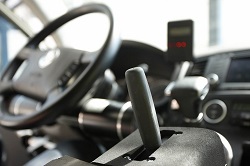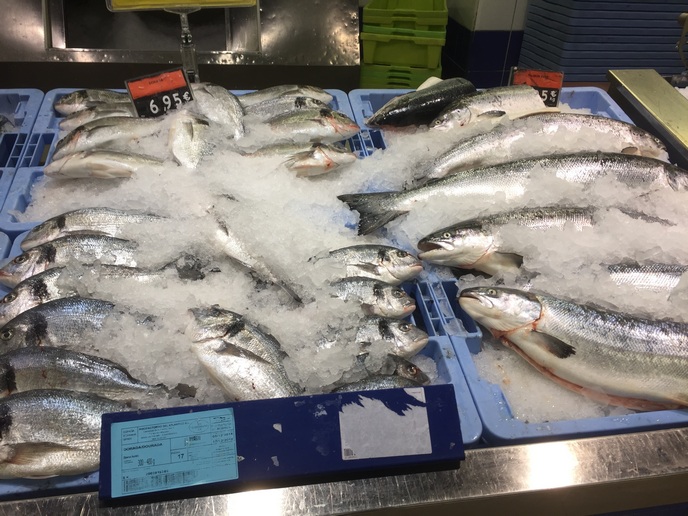Making maritime lifting operations safer
Subjected to fierce winds, big waves and strong currents, the offshore lifting decks and marine lifting operations used by the oil, fish farming and other marine-based industries are some of the most dangerous places to work. These decks and lifts are over-represented in terms of injuries and fatal accidents. According to the Petroleum Safety Authority Norway(opens in new window), between 1994 and 2017, 10 out of every 16 accidents recorded on the Norwegian continental shelf(opens in new window) were lifting-related. “When using a crane to transfer cargo from a supply ship to an offshore oil rig, waves can be several metres high and a crew member has to physically take the hook and connect it with the master link to make the lift possible,” says Snorre Grønningsæter, a partner at Evolift(opens in new window). “Once hooked, the crew member then has to run and hide in a metal cage to avoid dangerous situations like being crushed by the cargo.” With far too many people having been seriously injured or killed in such operations, Evolift, a Norwegian company specialising in remote-controlled and automatic lifting operations for the maritime environment, decided to act. The result is the world’s first technology-proven remote-controlled marine lifting unit capable of automatically connecting and releasing cargo at sea. “Our intention is to get people out of harm’s way,” adds Grønningsæter. “To do that, we basically made existing lifting operations risk-free by moving personnel out of the danger zone.” Now, thanks to the support of EU funding, Evolift is one step closer to bringing their innovative – and life-saving – technology to market.
Adjusted for the autonomous ships of the future
During the EU-backed feasibility study, the Evolift team quickly concluded that any automated lifting solution would need to be able to operate with the autonomous ships of the future. “As we were working on our remote-controlled lifting solution, we realised that autonomous boats and rigs would soon be a reality,” explains Grønningsæter. “As you can’t have an unmanned rig and an unmanned boat without having an unmanned and automatic crane, we adjusted our planning accordingly.” For example, to allow for the automatic identification and weighing of the containers being transferred, Evolift plans on installing lights, cameras and weights into the next version of its lifting unit. They will also be integrating inductive charging and computers so that the unit can automatically send relevant information to the shipping company’s logistics system. “We’re also exploring the use of artificial intelligence to recognise dangerous situations and automatically shut down lifting operations before an accident happens,” notes Grønningsæter.
Saving time, costs – and lives
Although its autonomous lifting solution is still in development, the company is one step closer to bringing it to market. “We succeeded at designing the first technology-proven remote-controlled marine lifting solution capable of connecting and releasing cargo that is moving due to waves, wind or current without human interaction,” concludes Grønningsæter. “Once finalised, this solution will save time, lower costs, and, most importantly, save lives.” A prototype autonomous lifting solution will soon undergo real-time testing at scale on an oil rig and a fish farm. The team is also working to secure phase 2 funding to support the development of a large-scale prototype.







